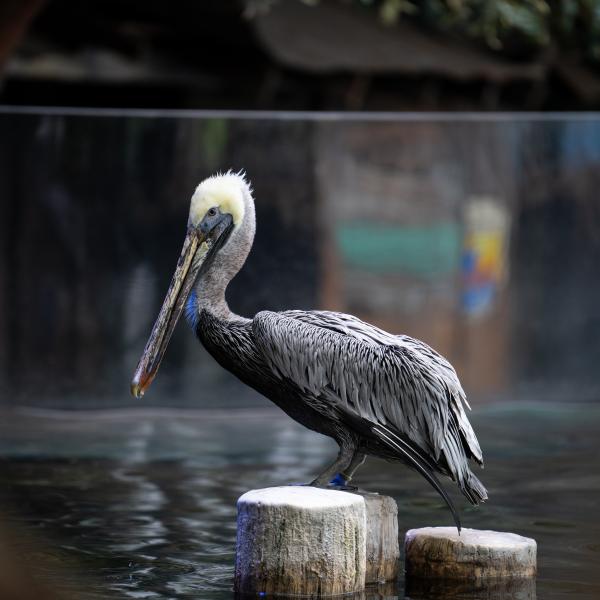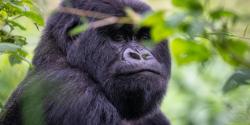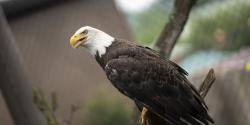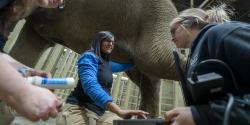There are more than half a dozen species of pelicans, all of which are known for their distinctive throat pouch.
However, the brown pelican and the closely related Peruvian pelican are unique, as they dive from great heights and plunge into the water to catch their prey. As they dive, their throat pouch expands to catch the fish, holding up to 2.6 gallons of water. After catching the fish, they drain the water from their pouch and swallow the fish whole.
Scientific Name: Pelecanus occidentalis
Conservation Status: Least Concern
Size: Height from 3 to 5 ft. with a wingspan of over 6 ft.
Weight: 5 to 12 lbs.
Median Life Expectancy: Unknown









